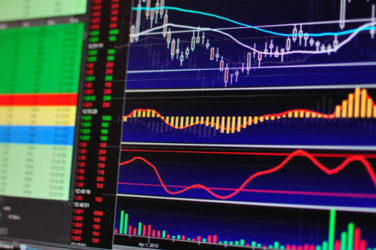
For proprietary trading firms, multi-asset trading connotes an ability to nimbly execute trades across different asset classes, where the characteristics of each asset class, such as liquidity or prevalence of electronic trading, may differ widely.
“As a proprietary market making firm, our challenges are to translate a particular trading strategy into a different asset class,” said Matthew Haraburda, president of Chicago-based XR Trading.
Haraburda will speak at Markets Media’s Chicago Trading & Investing Summit on Sept. 23.
XR Trading provides liquidity in a range of financial instruments across multiple asset classes: agricultural products, energy, equity indexes, foreign exchange, metals, and U.S. Treasuries. The firm provides liquidity to the futures, options, cash and OTC markets through two-sided quotations 24 hours a day, five days a week, deploying diversified trading strategies predominantly in the electronic marketplace.
Technology is a driving force of the business. XR uses proprietary software and analytic systems, developed in-house, to provide liquidity and identify trading opportunities.
“We build all our systems in-house because we need to accommodate different asset classes,” said Haraburda. “When trading products on a securities exchange, you’ve got fungibility, multiple venues and multiple regulatory regimes. The systems we need for trading options are very different then we need for trading outright futures.”
XR Trading has six trading teams, each focused on separate asset classes. The teams collectively implement trading strategies, while monitoring markets to ensure strategies are effectively reacting to changing market conditions. In addition, traders participate in cross-functional teams, comprising traders, software engineers and quants, to develop new and enhance existing trading strategies.
The degree to which an asset class can be traded electronically varies markedly as one moves from standardized to customized products. “The more bespoke or exotic you get, the more likely it is to not be ‘electronified’,” Haraburda said. “When we talk about spot FX, it’s extremely electronified compared to FX options. You have different shades of grey within any asset class.”
Featured image via Wikimedia Commons/Raime under creative commons




